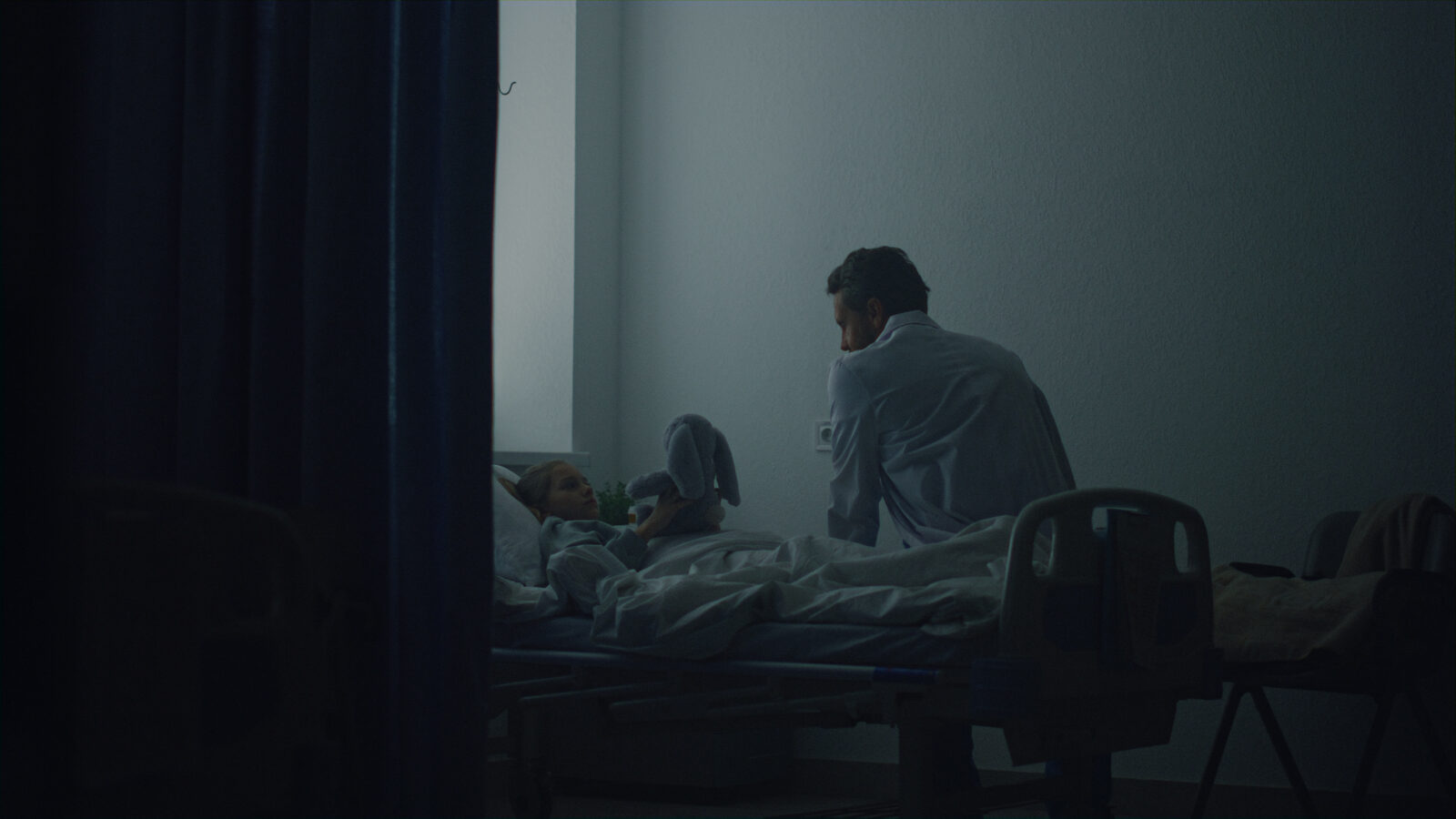
This year’s National Residency Match, the day when medical graduates learn which health system they will do their residency programs for the next step of their clinical training, may have been a bellwether for U.S. health care — and the results are worrisome.
Although this year’s Match featured more applicants than ever, a lower proportion of medical school grads chose one key specialty than ever before: pediatrics. Despite the increasing number of applicants, close to 30% of pediatric residency programs did not fill their residency positions, with the total number of graduates applying to pediatrics declining by 6.1% over last year, the largest single drop in the past decade of a steady decline.
The decline in interest in pediatrics as a profession should serve as a significant warning sign to the U.S. health care system. At a time of rising education debt and inflation, the root cause of this challenge is clear: low compensation. Pediatricians make approximately 25% less than doctors who treat adults; all train for the same number of years. In fact, pediatric specialties makes up 8 of 10 of the lowest paid medical specialties, filling out the bottom six.
The reasons for the lower compensation are simple economics: Pediatricians are not reimbursed by private and public insurance at the same level as adult providers and other specialists for similar services. Part of this disparity stems from the fact that more than half of U.S. children rely on Medicaid as their health care plan, yet only in five U.S. states — Alaska, Delaware, Montana, North Dakota, and Nebraska — does Medicaid reimburse for health care services at the same level as the federal Medicare program, which serves Americans over 65. Further, the Centers for Medicare and Medicaid Services, which sets the relative value of each clinical service, tends to undervalue non-procedural care, which encompasses most of pediatric care. For example, surgical procedures are valued much higher than a comprehensive well-child check, often with similar time requirements. Pediatricians routinely provide prolonged counseling for families, important care that is also not well recognized and compensated by the U.S. reimbursement system.
The nation has seen the infant death rate rise for the first time in two decades, and there have also been increases in childhood firearm-related injuries and overdoses. A youth mental health crisis has grown into a full-blown epidemic. Children continue to be the poorest subgroup in the U.S., with high rates of poverty and significant childhood adversity that leads to poor health outcomes. In 2021, the child poverty rate was nearly 17%, more than 4 percentage points higher than the national rate, making children uniquely vulnerable to health disparities related to race and socioeconomic status.
Children have been long ignored by the U.S. health care system, which has prioritized adults with chronic disease, often without any meaningful impact on adult outcomes. Without action, the continued decline of interest in the pediatrics profession will allow chronic diseases that take hold in childhood to thrive, leaving prospects for future population health and the costs of providing health care even more bleak than they are now.
Pediatricians are responsible for some of the most lifesaving interventions, such as promoting car seat and seatbelt safety that lowered the childhood fatality rates of motor vehicle accidents. They are working to integrate mental health care into routine care, addressing a nation’s mental health epidemic where it begins. Pediatricians who also train as scientists are responsible for innovations that have ended diseases in childhood and created healthier generations, such as vaccines for measles and rubella, antiretroviral treatment of mothers to interrupt transmission of HIV to their babies, and a cure for pediatric leukemia.
With the clear trend of fewer providers choosing pediatrics in a nation that does not prioritize early treatment and prevention of disease, averting growing health care costs requires significant change to the economic structure of U.S. health systems. The country can no longer ignore the reality that children living in poverty with poor access to health care and inadequate treatment of diseases will balloon the burden on social and health care systems. Legislators must support the recent recommendations from the National Academies of Sciences, Engineering, and Medicine that called upon Congress to allocate federal funding to states to increase payments for pediatric services via Medicaid in order to achieve or exceed parity with Medicare payment rates.
The evidence is clear: Earlier attention to childhood diseases will diminish the economic impact of adult diseases. That’s why pediatricians, and pediatric scientists responsible for discovering early disease cures, must be supported by fair wages and by loan repayment programs that mitigate the educational debt burden they face. This financial support is especially important for physicians who come from disadvantaged backgrounds, for whom educational debt can exceed $300,000.
Health care systems must affirm their support of their pediatric workforce by eliminating salary disparities, subsidizing pediatric subspecialties that are less profitable than subspecialties associated with performing many procedures, and recognizing the lifelong impact that pediatricians have on currently overburdened and costly health care. Early life health care investments are the strategy we must not just endorse, but mandate.
Without intervention, the number of children’s doctors will continue to shrink as adult health care costs soar. In a nation without an adequate pediatric workforce, all citizens pay the price.
Sallie Permar, a pediatrician, is a professor of pediatrics and chair of the Department of Pediatrics at Weill Cornell Medicine in New York. Robert J. Vinci is a pediatrician, assistant dean of student affairs at Boston University Medical School, and former chair of its department of pediatrics.

